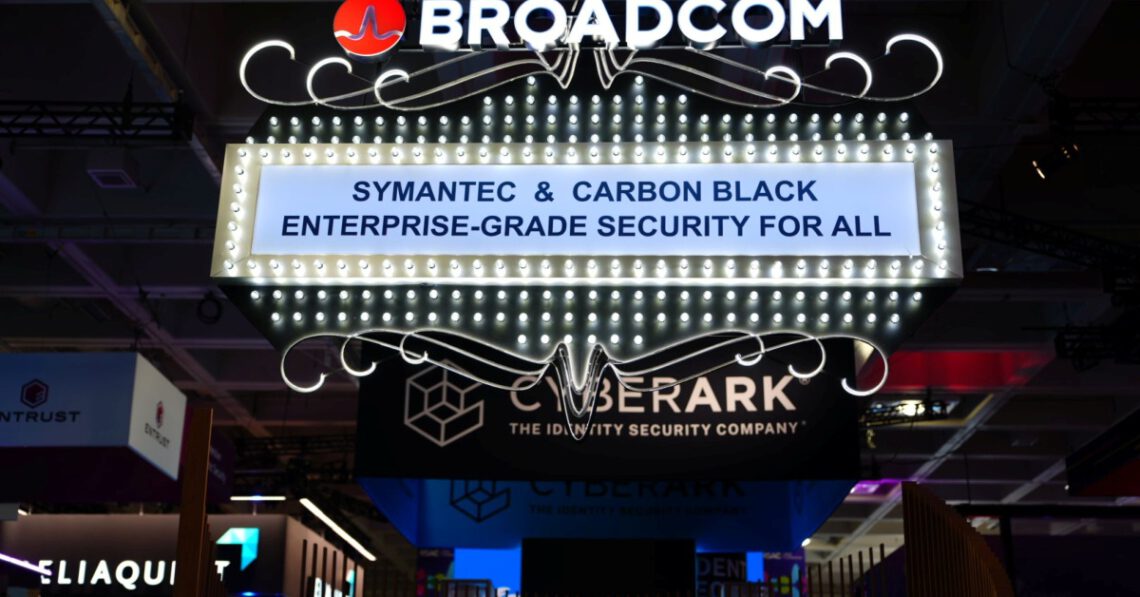Is AI seeing a backlash?
Artificial intelligence was all over RSAC Conference last year. It still is this year and isn’t likely to abate. And yet, as you peruse the show floor, you might spot some startups that have begun to downplay AI—a contrarian stance in a marketplace filled with AI-forward marketing. To me, it feels like the beginning of a pushback, which can be an inevitable phase in any technology’s hype cycle, even a technology that, by all indications, is only accelerating as it matures.
Despite the relatively recent AI hype, we at Symantec and Carbon Black have for years taken the long view of AI. In fact, Carbon Black was one of the first vendors (possibly the first) to implement AI and behavioral analytics in actual products. (Carbon Black EDR is the acclaimed result of some of those developments). Meanwhile, we continue to methodically and strategically implement AI where it adds customer value. We know AI is very good at data classification, and this can enable defenders mightily. Predictive security has long been the goal for AI in this space, but to get there, you need a strong AI and machine learning (ML) approach that can accurately rank and classify threats to better see emerging attacks.
On this, we speak from experience: In April, we announced Incident Prediction, an industry-first capability that uses AI and threat intelligence to accurately predict an attackers’ next four or five moves with up to 100% confidence. That’s not just marketing or AI hype; it’s a real-world use case that allows organizations of all sizes to predict and stop ransomware attacks—and then quickly return to its pre-attack state. Empty promises lead to backlash, but real-world solutions lead to useful and effective AI implementations. We’re focusing on real-world solutions. Listen as Dick O’Brien, principal analyst with our Threat Hunter Group, explains it all for you.
It’s time to prepare for post-quantum cryptography compliance.
With quantum computing technology developing rapidly, some experts predict that within a decade, a device could emerge that will break current encryption methods, spelling serious trouble for human beings, organizations and entire nations. In anticipation of what’s to come, we’re seeing financial institutions incorporating post-quantum crypto into their five-year planning cycles, starting with real-time network controls and moving on from there. To prevent “capture now, decrypt later” attacks that could allow threat actors all the time they need to access your data once an encryption breaker comes available, some customers are requiring hybrid key exchange support. If you’re just getting up to speed on this, there’s good news: Manoj Sharma, Broadcom Enterprise Security Group’s global head of security strategy, is here to break it down for you.
The vast majority of organizations targeted by nation-states are mid-market private sector entities—not huge enterprises or government agencies.
Surprised? So were many in the packed conference session hosted by Jason Rolleston, general manager of Broadcom’s Enterprise Security Group, and Eric Chien, fellow with our acclaimed Threat Hunter Group. The duo used real-world observations and analyses to dismantle the still-stubborn perception that adversaries like North Korea, Russia and China have no interest in the M in SMBs—medium-sized organizations that traditionally thought they were too small (or too apolitical) to be targeted by nation-state actors. Jason and Eric explained why virtually every organization is now vulnerable to enterprise-grade, APT-level threats, which means the best defense is enterprise-grade security.
